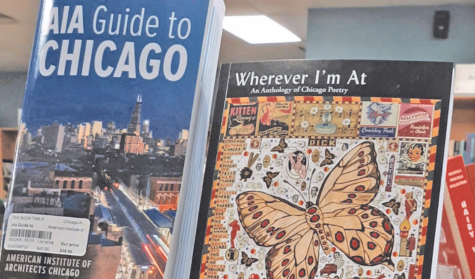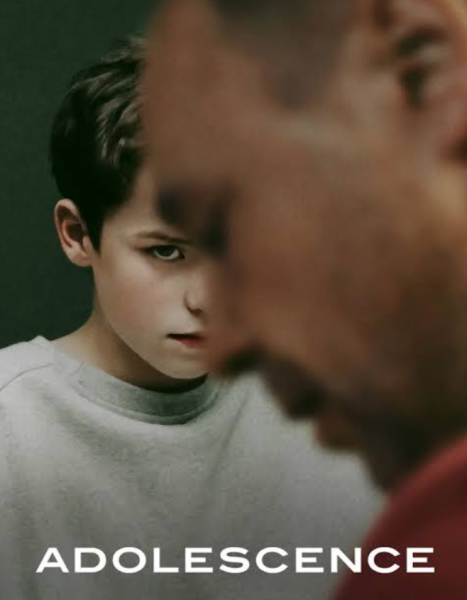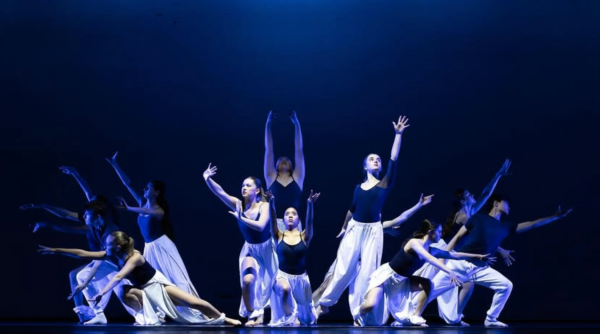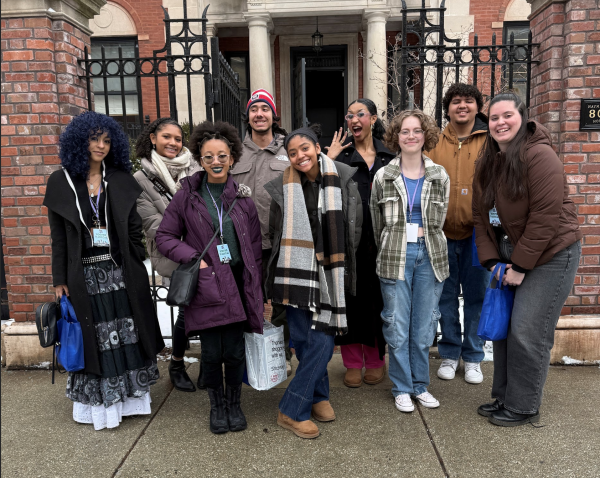Perspective: Exploring the poetry of place
“These poets all lived and breathed the Chicago air. Regardless of when or where or how they experienced our city, it became, forever, a part of their identity. What is Chicago like? This is what it’s like. And this. And this. And this. And the other.”
And this is how editor Donald G. Evans finishes his introduction to the book “Wherever I’m At: An Anthology of Chicago Poetry.”
On April 27, Oak Park Public Library hosted an event for National Poetry Month titled “Chicago’s Place in the Poetic Landscape,” where four poets from the Oak Park area read their work and talked with Evans about Chicago and Oak Park poetry.
After the poets presented their poems, Evans asked them if there is a distinction between Oak Park and Chicago from a poetic environment perspective. “I always feel like I’m from Chicago, even though I’ve lived in Oak Park for so long,” said Al DeGenova, a poet and Oak Park resident.
But poet Samina Hadi-Tabassum pointed out the differences between places like Austin and Oak Park: “You can see the distinction in class, just the trees that all of a sudden grow on the other side,” she said. Evans later pointed out how it seems that Oak Park has a distinct personality and that Chicago is “our playground” and “we’re connected when it’s convenient for us.”
To me, Chicago poetry is a fascinating case study in how environment shapes art. I came to Chicago from Vilnius, Lithuania, a city that I felt I could grasp; its winding orange-lit and gothic-architecture-filled streets are ingrained in my mind. Every nook and cranny has been explored, and when I write, it’s somewhat simple to tap into the feeling of Vilnius.
Don’t get me wrong: the city is not small, at a population of around 500,000, it is about the size of Milwaukee, albeit less vertical in its density. But that is nowhere close to the size of Chicago. That’s what I always struggled to understand – how does an artist tap into the feeling of Chicago? How do you create meaning from the “infinitely onion-layered fact of the city itself,” as writer Carlo Rotella said in the foreword to the anthology? How do you condense this enormous city into a feeling to inspire your art?
I hoped this anthology and attending the talk would help me understand. And it did. There are many Chicagos: my Chicago, your Chicago, your parents’ Chicago and even Kanye’s Chi Town. Point being, you cannot truly grasp Chicago by your experience of it alone. Its size makes it that way.
But that’s why reading an anthology like this is so powerful. On at least a couple of CTA buses right now there are these silent observers, the poets of Chicago, who are hard at work, observing the city for us. And by reading this book, we can take in their experience and create a vision of Chicago that is just a little bit more comprehensive.





